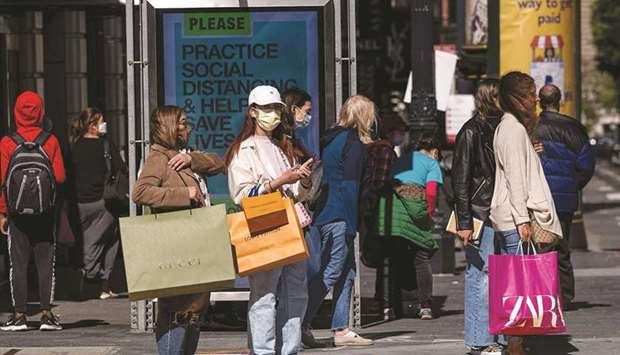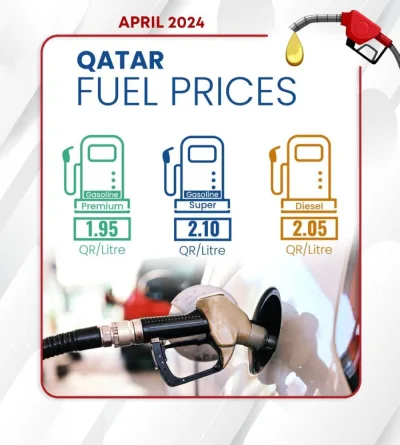US consumer prices increased solidly in September and are poised to rise further in the months ahead amid a surge in the costs of energy products, which would cast doubts on the Federal Reserve’s view that high inflation is transitory.
The consumer price index rose 0.4% last month after climbing 0.3% in August, the Labor Department said on Wednesday.
In the 12 months through September, the CPI increased 5.4% after advancing 5.3% year-on-year in August.
Excluding the volatile food and energy components, the CPI climbed 0.2% after edging up 0.1% in August, the smallest gain in six months.
The so-called core CPI rose 4.0% on a year-on-year basis after increasing 4.0% in August.
Economists polled by Reuters had forecast the overall CPI rising 0.3% and the core CPI gaining 0.2%. Oil prices jumped on Monday to the highest levels in years amid a rebound in global demand after the Covid-19 pandemic.
Though Brent crude futures fell on Wednesday, prices remained above $80 a barrel.
Natural gas prices have also surged. Expensive energy products would add to accelerating wage growth in exerting upward pressure on inflation.
The government reported last week that average hourly earnings increased by the most in seven months on a year-on-year basis in September because of worker shortages.
With the number of people voluntarily quitting their jobs hitting a record high in August and at least 10.4mn unfilled positions, wage inflation is set to rise further. Fed Chair Jerome Powell has repeatedly said high inflation, for which he blamed bottlenecks in the supply chain, was transitory.
Nearly two years into the global pandemic, there are no signs that supply chains are easing.
That has led to shortages of goods such as motor vehicles, and higher prices for consumers.
“The right place to look for inflation is not just in the so-called inflation data itself, but also in the tighter labour market and associated wage growth,” said Andrew Hollenhorst, chief economist at Citigroup in New York.
“Firms confident of passing on input costs may make higher energy prices a driver of broader inflation.”
September’s CPI report will have no impact on the Fed’s timeline to begin scaling back its massive monthly bond buying programme.
The US central bank signalled last month that it could start tapering its asset purchases as soon as November.
Economists expect that announcement will come at the November 2-3 policy meeting.
“The central bank has already said that inflation has met the threshold for tapering, it’s the job market that hasn’t,” said Ryan Sweet, a senior economist at Moody’s Analytics in West Chester, Pennsylvania. “The CPI could garner a reaction in the bond market as it could alter market expectations for the timing of the first rate hike by the Fed, which in our opinion, is still far off on the horizon.”
The Fed’s preferred inflation measure for its flexible 2% target, the core personal consumption expenditures price index, increased 3.6% in the 12 months through August, rising by the same margin for a third straight month.
September’s data will be published later this month.
The Fed last month upgraded its core PCE inflation projection for this year to 3.7% from 3.0% in June.
Despite strong wage gains, high inflation is cutting into consumers’ purchasing power.
That, together with motor vehicle shortages, have led economists to cut their gross domestic product estimates for the third quarter to as low as a 1.3% annualised rate from as high as a 7% pace.

People carry shopping bags while waiting to cross Geary Street in San Francisco. US consumer prices increased solidly in September and are poised to rise further in the months ahead amid a surge in the costs of energy products, which would cast doubts on the Federal Reserve’s view that high inflation is transitory.


